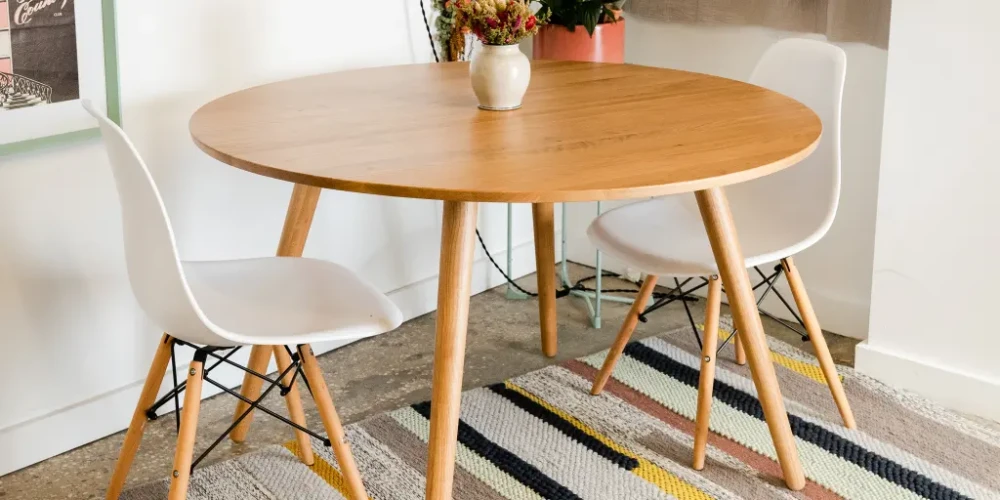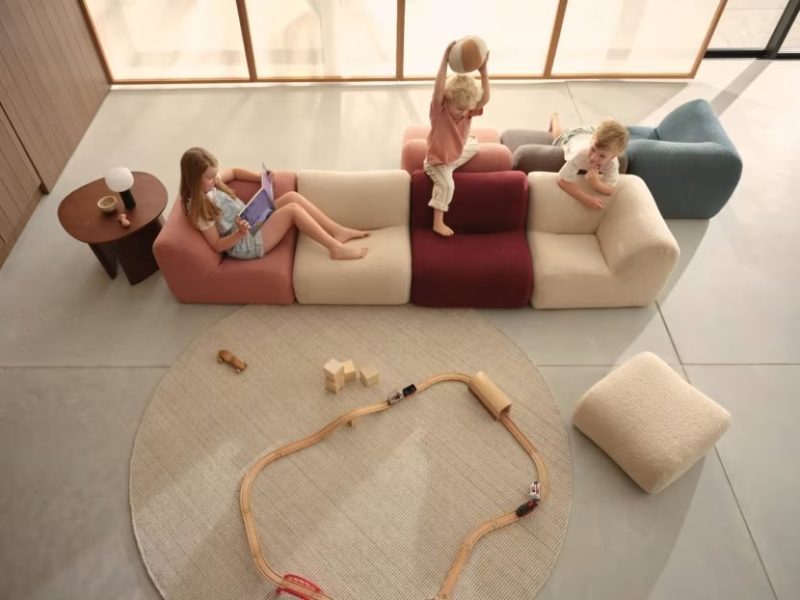In recent years, buying used and vintage furniture has become a popular trend among homeowners, designers, and eco-conscious buyers. Whether you’re hunting for unique, one-of-a-kind pieces or looking to add character to your space, second-hand and vintage furniture can offer incredible value. However, purchasing used furniture requires a bit more care and consideration than buying new. To help you navigate the world of preloved furnishings, here are expert tips for buying used and vintage furniture like a pro.
1. Set a Budget
Before you start browsing for used or vintage furniture, it’s essential to establish a clear budget. The price range for second-hand pieces can vary greatly depending on factors like the age of the furniture, the designer, and the condition. Having a budget in mind will help you narrow down your options and avoid impulse buys that might not be as practical or affordable in the long run.
Consider setting aside some additional funds for any necessary restoration or repairs. Vintage furniture, in particular, may need a little love and attention to restore it to its former glory.
2. Know What You’re Looking For
With the abundance of used furniture available online, at thrift stores, and in antique shops, it’s easy to get overwhelmed by the options. Having a clear idea of what you’re looking for will save you time and help you make more informed decisions.
Are you looking for a specific style, such as mid-century modern, art deco, or industrial? Understanding the aesthetic you’re after and how the piece will fit into your space will help guide your search. Additionally, take measurements of your room and any furniture you want to pair with your new piece. This will ensure the furniture you choose fits both in terms of size and style.
3. Inspect the Quality and Condition
One of the most important steps when buying used or vintage furniture is inspecting its condition. Always check for any signs of damage, wear, or structural issues before making a purchase. Look for:
- Wood: Check for cracks, scratches, and wood rot. If you’re buying a wooden piece, ensure the wood is sturdy and not excessively warped.
- Upholstery: Look for tears, stains, or any signs of pests like bedbugs. If the fabric is too worn, consider whether it can be reupholstered or if a more affordable solution is available.
- Metal and Frames: Check for rust, loose screws, or signs of weakness in the frame. Loose joints or wobbly legs can often be repaired, but they can be a hassle to fix.
- Functionality: Make sure drawers, doors, and other moving parts are working properly. If it’s a chair or sofa, check for comfort and support.
Many used and vintage furniture pieces can be restored to good condition with a little effort, but it’s important to assess the level of work that may be needed and decide if it’s worth the investment.
4. Research the Piece’s History and Value
Vintage furniture can be more than just a functional item—it can also be a valuable investment. If you’re buying a designer piece, it’s worth researching the item’s history, maker, and current market value. This can help you determine whether the price you’re being asked to pay is fair.
For example, mid-century modern furniture from well-known designers like Charles and Ray Eames or Arne Jacobsen can sometimes be worth far more than their original retail price. Antique furniture, too, may carry historical value, especially if it’s from a notable maker or period.
In addition to historical research, check online marketplaces like eBay, 1stDibs, or Chairish to compare prices of similar items to get a sense of the market value.
5. Don’t Be Afraid to Negotiate
One of the biggest advantages of buying used or vintage furniture is the ability to negotiate the price. Many sellers, whether in antique stores, flea markets, or online marketplaces, expect some haggling. If you spot a piece you like but feel it’s priced a little high, it’s worth politely asking for a discount. Just make sure to be respectful and reasonable when negotiating.
When negotiating, consider the cost of any potential restoration or repairs, and use this as leverage to bring the price down. You may be able to get a good deal, especially if the piece has been on the market for a while.
6. Check the Return Policy and Delivery Options
When buying furniture second-hand, always check the return policy (if buying from a store or online marketplace). In some cases, used or vintage furniture may be final sale, meaning once you’ve made the purchase, you can’t return it. Make sure you’re confident in your decision before making the purchase.
Also, consider delivery options. Large furniture items may require special shipping arrangements or additional costs. Be sure to factor in delivery fees when calculating the total cost of the item.
7. Be Patient and Keep an Open Mind
Buying used and vintage furniture can be an exciting treasure hunt, but it also requires patience. The perfect piece may not come immediately, and it might take time to find exactly what you’re looking for at the right price. It’s important to keep an open mind—sometimes the piece you least expect can be the one that fits perfectly in your home.
Additionally, don’t be afraid to consider pieces that need a little extra work, like a coat of paint or a new set of cushions. With a bit of creativity and DIY effort, you can transform many second-hand items into beautiful, functional pieces that feel uniquely yours.
8. Consider Sustainability and Environmental Impact
One of the main benefits of buying used and vintage furniture is its positive environmental impact. By purchasing second-hand, you’re contributing to a more sustainable way of living. Buying vintage or pre-loved furniture helps reduce waste, conserves resources, and decreases the demand for new manufacturing.
Furthermore, many vintage pieces are built to last, using higher-quality materials than some mass-produced modern furniture. This means you’re not only helping the planet, but you’re also investing in long-lasting pieces that will stand the test of time.
Final Thoughts
Buying used and vintage furniture is an excellent way to add character, uniqueness, and sustainability to your home. By following these expert tips, you’ll be able to make smart, informed choices that result in stunning pieces that elevate your space. Whether you’re drawn to the charm of a well-loved antique or the sleek lines of a mid-century modern find, shopping for second-hand furniture can be a rewarding and enjoyable experience.







